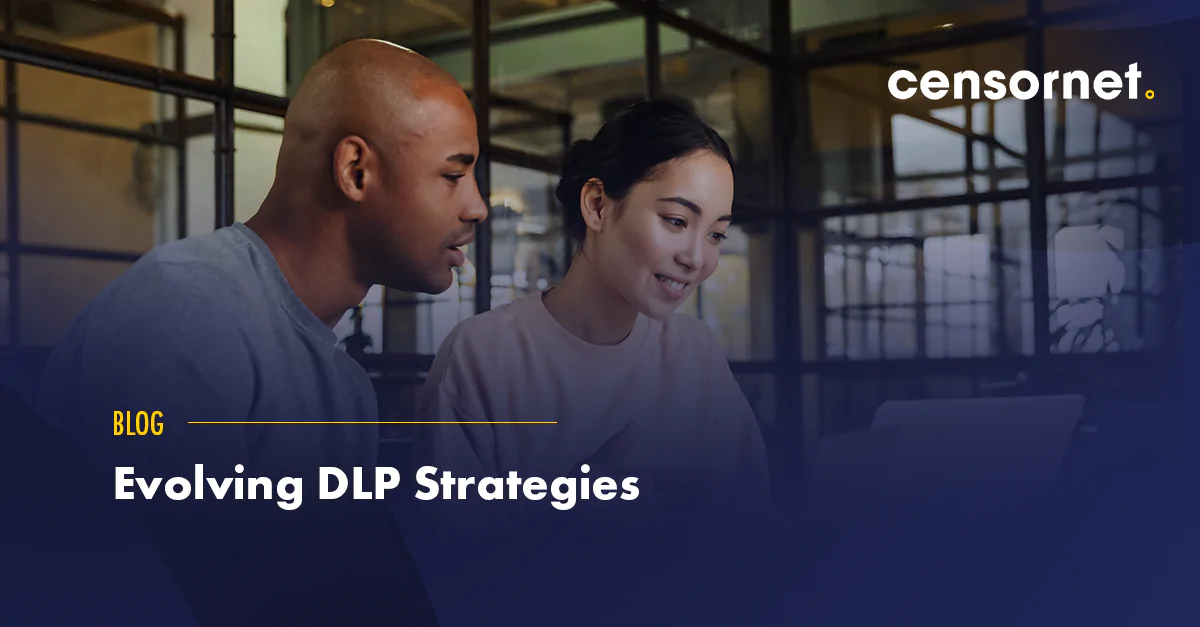In our rapidly evolving digital landscape, merely implementing a standard data loss prevention (DLP) product is not be enough. The heart of an effective strategy lies not just in deploying a technological solution, but in the harmonious union of cross-functional collaboration, user-centric education, and informed selection of DLP technologies that support broader business objectives.
The tendency to think that one already knows the organisation’s most critical data and its handling procedures is an easy trap for many security leaders. While in some cases, these assumptions may prove accurate, it’s vital to remember that business environments are dynamic. Your perception of what’s classified as sensitive data or how it’s stored and handled could very well differ from the rest of the business.
Reimagining the role of collaboration in your DLP strategy
Here is where the importance of collaboration becomes evident. Constructive dialogue with business leaders and data stakeholders can help security leaders align their understanding with that of the business units. Encourage open, two-way conversations about what kind of data is considered sensitive, where and how it’s stored, who needs access to it, and how it’s utilised.
These discussions will pave the way for a well-rounded DLP strategy, bridging the gap between security and business needs, and fostering a culture of mutual understanding and cooperation.
Building user education into your DLP programmes
The role of DLP solutions isn’t just to shield against data leakage but to cultivate a security-aware culture within the organisation. It’s about ensuring that everyone in the organisation understands they play a part in data security, thereby spreading responsibility and creating an environment where security is everyone’s business.
A strong DLP strategy doesn’t merely focus on detecting and preventing data breaches. Instead, it includes comprehensive user education and awareness programmes to mitigate instances of repeat violations. This preventative approach gives employees the knowledge and tools to identify and manage potential security risks.
With these efforts, you can transform your workforce into a line of defence, turning employees into security assets rather than potential vulnerabilities. In doing so, you’re not just solving issues reactively but preventing potential security concerns from arising in the first place.
Selecting DLP technologies that align with your business strategy
While technology is still a vital component of any DLP programme, making the right choice can be a game-changer. It’s all too common for organisations to view DLP as a ‘set and forget’ solution, but an effective DLP strategy is one that seamlessly integrates the chosen technology with the larger business strategy and existing IT and security architectures.
As you consider various DLP solutions, it’s crucial to account for the complexity of your network and the larger business strategy. DLP isn’t a standalone solution but an integral part of your organisation’s security architecture. Ensure your choice enhances, not hampers, your business operations and goals. Look for DLP technologies that integrated seamlessly with your security stack.
Embracing the future of DLP
In conclusion, an effective DLP strategy extends beyond just a technical solution—it’s a combination of robust collaboration, comprehensive user education, and the integration of DLP technologies with your larger business strategy. This multi-faceted approach can address stakeholder frustrations, safeguard sensitive data more effectively, and promote a proactive security culture within your organisation. By focusing on these three pillars, security leaders can transform their DLP strategies from standard to exceptional.
Leveraging Censornet’s advanced Data Loss Prevention (DLP) capabilities, your organisation can embark on a transformative journey, turning data security from a daunting challenge into a unique opportunity. The magic of Censornet’s DLP solution lies in its ability to provide instant protection via seamless integration with Email, Web or Cloud Application Security (CASB). It is capable of preventing data loss in email messages and attachments by quarantining outbound emails, as well as preventing data leaks associated with cloud application actions such as ‘upload’.
Censornet’s DLP your data security measures by offering comprehensive visibility over data movement and emphasising user education. Its capabilities allow you to safeguard sensitive data more effectively, turning data security from a challenge into an opportunity for your organisation.







